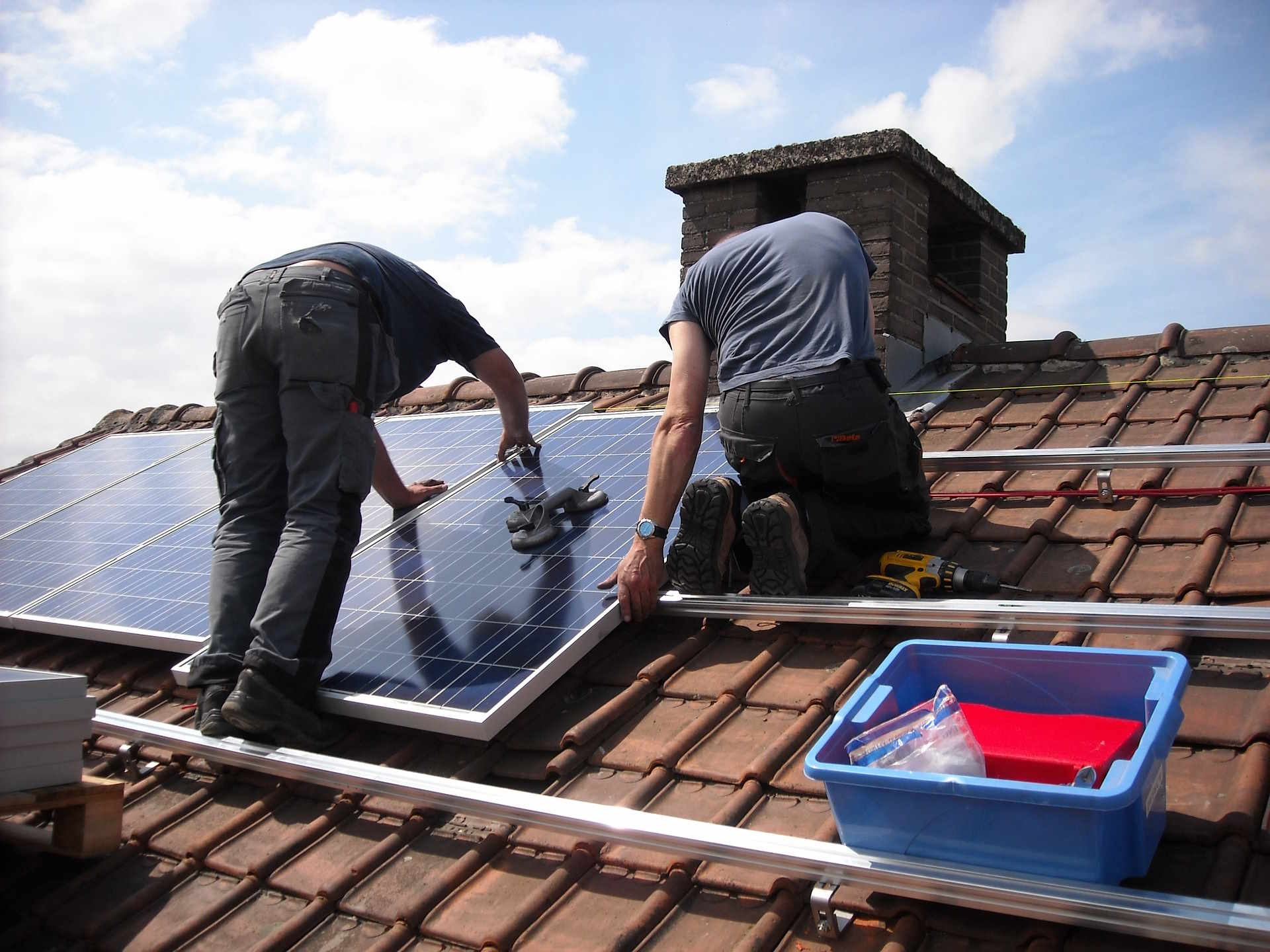Start a Career as a Fencing Technician: Skills and Steps
Thinking about working in perimeter installation and outdoor trades? A fencing technician role blends hands-on carpentry, construction know-how, and outdoor problem-solving. This article outlines essential skills, typical training paths, material knowledge, tools and safety practices to help you prepare for a practical trade career.

Starting a career as a fencing technician means learning both practical skills and industry practices that ensure durable perimeter solutions. This role often combines physical labor with technical decisions about layout, materials, and long-term maintenance. Whether you aim to work independently, with a contractor, or as part of a construction crew, understanding the core responsibilities—installation planning, post setting, gate fitting, and upkeep—helps you build reliable fencing that meets client needs and site conditions.
Perimeter and installation basics
Perimeter work begins with site assessment: measuring boundaries, checking ground conditions, and locating underground utilities. Proper installation requires marking lines, setting posts to correct depths, and ensuring straightness and tension for fences such as chain-link or timber panels. Knowledge of local regulations and property boundaries is important for compliance. Good installation balances speed and accuracy—incorrect post spacing or poor alignment can cause premature failure and increase maintenance.
Carpentry and construction skills
Carpentry fundamentals support many fencing tasks, from cutting and joining timber rails to framing gates. Construction skills like concrete setting, basic masonry, and using levels and plumb lines are used regularly. Technicians who can read site plans and perform precise measurements reduce material waste and rework. Strong hand skills and an eye for structural detail help when working with framed panels, custom gates, or repair tasks that require structural reinforcement or aesthetic restoration.
Tools, safety, and outdoors work
Fencing technicians rely on a range of tools: post-hole diggers, augers, power saws, impact drivers, tensioning tools, and measuring devices. Personal protective equipment and safety practices are essential when working with power tools, lifting heavy materials, or operating near traffic or slopes. Working outdoors means exposure to weather and varied terrain, so physical fitness, weather-appropriate clothing, and risk-aware planning are part of daily routines. Prioritizing safety reduces incidents and keeps projects on schedule.
Materials: metal, timber, and vinyl
Different materials require different techniques. Metal fencing, including chain-link and ornamental steel, needs tensioning, welding or bracketry, and corrosion protection. Timber work involves selecting treated posts, cutting rails, and preventing rot through proper drainage and treatment. Vinyl systems rely on precise panel spacing and secure post anchoring to resist wind loads. Understanding each material’s maintenance needs—painting, staining, or replacing worn components—helps inform recommendations and longevity expectations.
Training, apprenticeship, and certification
Training paths range from on-the-job experience to formal apprenticeships with construction or landscaping trades. Apprenticeship programs pair classroom learning with supervised fieldwork, covering safety, tool use, and construction fundamentals. Some regions offer certifications for specialized equipment or safety training, which can strengthen professional credibility. Continuous learning—through short courses on new materials, local building codes, or business practices—helps technicians adapt as products and standards evolve.
Working with contractors, maintenance, and wages
Fencing technicians frequently collaborate with contractors, landscapers, and property managers to coordinate schedules, site access, and complementary services. Maintenance work—repairing gates, replacing posts, and addressing corrosion or rot—can form a steady portion of business for experienced technicians. Wages and pay structures vary by location, employer type, and experience; many professionals also factor in costs for tools and transportation when evaluating opportunities. Seek local services and industry resources for current information on compensation trends and contractor practices.
Conclusion
A fencing technician role combines practical carpentry and construction techniques with material knowledge and safety awareness to deliver effective perimeter solutions. Building skills through hands-on experience, targeted training, and collaboration with contractors supports career growth and reliable workmanship. Emphasizing accurate installation, proper tool use, and ongoing maintenance ensures fences perform as intended across different environments and material types.





